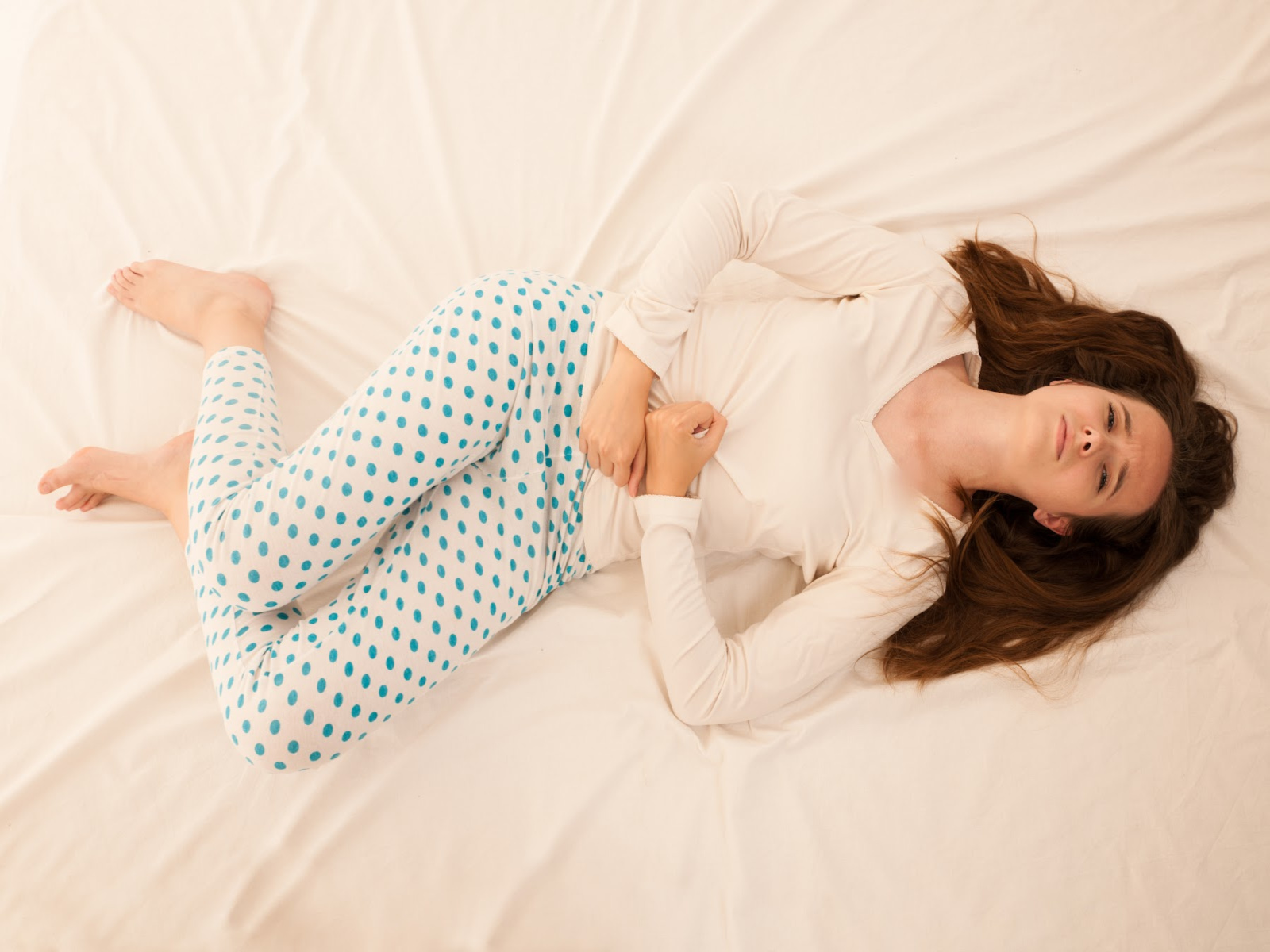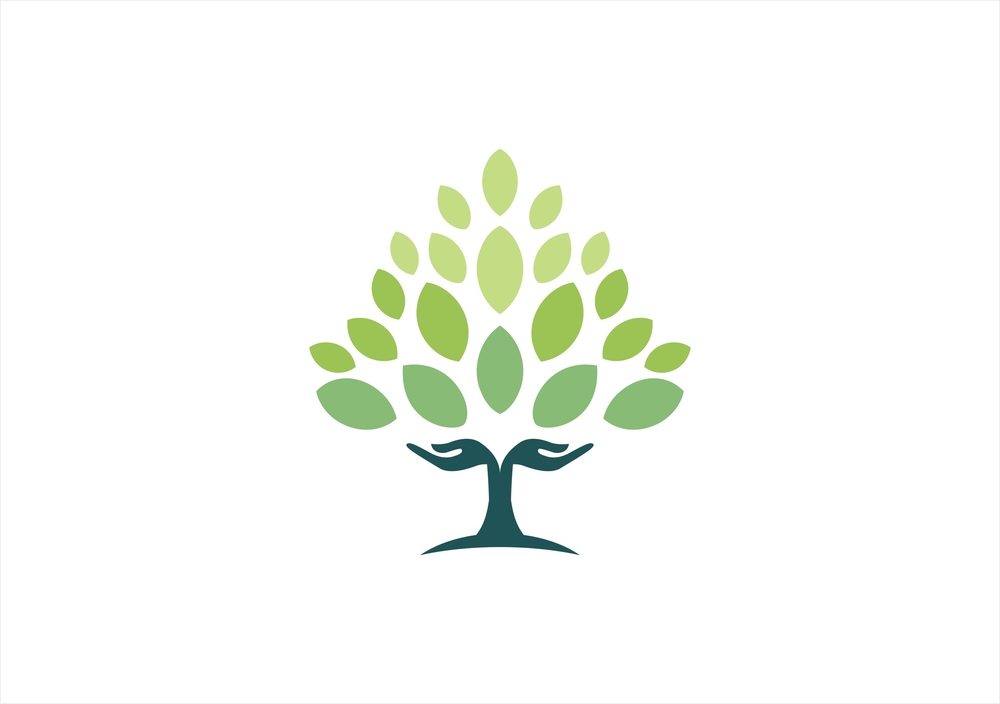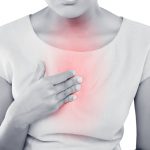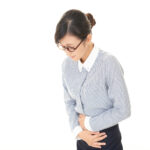Our Blog
Can low iron cause weight gain?

Minerals such as iron are necessary for maintaining good health. The human body requires iron for a variety of functions, including creating and oxygenating hemoglobin and blood cells, maintaining the immune system, and supporting cognitive function. Despite this, a lack of iron is the most widespread dietary deficit worldwide. According to statistics, there are around 2 billion people who are iron-deficient.
Iron Deficiency
Iron deficiency, also known as sideropenia, occurs when the body does not have enough iron. An adult has roughly 4 g of total body iron, of which about 70% is contained in hemoglobin and myoglobin. Myoglobin is the oxygen carrier in muscles, whereas hemoglobin is the oxygen carrier in red blood cells (RBC).
Red blood cells cannot be produced by the body if there is not enough iron. Fatigue and a lack of energy are direct results of low iron and can cause an individual to become fatigued and less active, and may consequently lead to weight gain. Additionally, it can cause a variety of health issues, such as iron deficiency anemia.
Signs And Symptoms
Depending on the degree of iron deficiency, a person’s age, and level of health, several signs and symptoms may be present. Iron deficiency can occasionally occur without any obvious symptoms. Typical indications include shortness of breath, fatigue, unexplained anxiety, and an underactive thyroid gland, among others.
According to the National Academy of Hypothyroidism, iron is necessary for thyroid function. When the thyroid glands are underactive, individuals who are iron deficient suffer from low energy levels and frequently experience sudden and unexpected weight gain. Additionally, fatigue and anxiety can also be major contributors to weight gain in individuals with low iron levels.
How Much Do You Need?
There is no one-size-fits-all recommended daily intake (RDI), particularly for children and women. Men ranging in age from 19 – 50 need 20 mg of iron per day, compared to 18 mg for adult women in that same age group. While breastfeeding moms only need 9 mg, the RDI increases to 27 mg for pregnant women.
Additionally, heavy menstruation may change a woman’s need for iron. However, the amount drops significantly to 8 mg per day after a woman ceases to have cycles. The RDI for vegetarians and vegans is 1.8X that of meat eaters because non-heme has a poor rate of absorption.
How Do You Get More?
Heme iron, which is present in animal products, and non-heme iron, which is present in plants, are both received through the types of foods we eat. When compared to non-heme iron, which the body can only absorb in amounts between 2 and 10 percent, heme iron is simpler to absorb—about 30 percent of what is consumed. Excellent heme iron foods to add to your diet include:
- Chicken
- Turkey
- Red meats such as lean beef and lamb
- Chicken and beef liver
- Canned sardines and tuna
- And mussels, oysters, and clams
Non-heme foods that may be helpful for iron intake include:
- Whole-grain and enriched breads
- Leafy greens
- Legumes
- Seeds and nuts
- And corn and maple syrup
Contact Us For Help With Achieving A Healthier You
Finding and treating the underlying cause comes first in the treatment of iron deficiency, followed by raising those low iron levels to a healthy and normal level. If you live in Gulf Shores, AL, or the surrounding counties of Baldwin or Mobile and believe that you may be suffering from low iron and would like help, please contact us today at The Gut Authority. We can provide you with nutritional, dietary, and lifestyle advice to help you achieve the wellness goals you desire. We hope to be of assistance to you soon!




